Khankendi, located in a picturesque region at the foot of the eastern slope of the Karabakh Range, stands as one of the most ancient settlements in Karabakh.
In the late 18th century, Khankendi was chosen as the summer residence by the Karabakh Khans, initially bearing the name Khanyn kendi (“khan’s village”), which later definitively evolved into Khankendi (“khan’s village”). Despite its initial role as a retreat for the Karabakh Khans, Khankendi subsequently developed into one of Azerbaijan’s industrial and cultural centers.
The history of Khankendi as an ancient settlement dates back to the pre-Christian era. Archaeological excavations of burial mounds in this area have yielded burial chambers. The burial chambers of the Khankendi kurgans were circular in shape, reaching up to 4.5 meters in diameter. At first glance, they resembled the dwellings common in the Caucasian region during the 5th–3rd centuries BCE. The multi-tiered Khankendi kurgans were characterized by collective burials, with some mounds containing over 50 skeletons.
Distinguished by its captivating natural beauty and strategic location, Khankendi has played a significant role in the cultural and economic life of Azerbaijan since ancient times.
Today, Khankendi is undergoing a period of active transformation (following its liberation from Armenian occupation in September 2023). Thanks to large-scale improvement works and active investment in infrastructure, the city is rapidly developing. As early as November 28, 2023, by decree of the President of Azerbaijan Ilham Aliyev, the Karabakh University was established, welcoming its first students a year later. It infuses the city with the energy of youth, an innovative spirit, and a palpable dynamism, predetermining its confident development.
Adhering to centuries-old history and national values, culture, and traditions, while safeguarding and strengthening independence and sovereignty, and respecting its constitutional goals and declarations, Azerbaijan is developing and reviving Karabakh.
Khankendi is evolving and transforming through the focused efforts and investments of the state in the country’s future!
The city’s climate is classified as subtropical semi-arid. Summers are relatively hot, although intense heat is rare and is moderated by the altitude of the settlement. The maximum precipitation occurs in spring and early summer. Winters are mild and dry, but occasionally quite severe frosts are possible.





